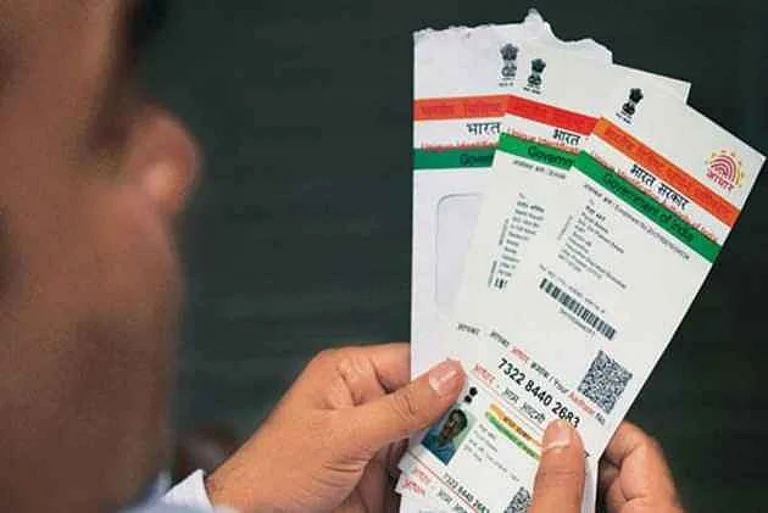India is gearing up for the presentation of the Union Budget for FY 2025-26. Ahead of the iconic date of February 1, members from various walks of life are looking forward to what the Budget has in store for them.
Union Budget 2025: What Is In It For Small Savings Schemes Investors
Small Savings Schemes are government-sponsored investment options which help members of the general public increase their savings. Some popular small savings schemes include the Public Provident Fund (PPF), Senior Citizens Savings Scheme (SCSS), and Sukanya Samriddhi Account (SSA)
Small Savings Schemes are government-sponsored investment options which help members of the general public increase their savings. Some popular small savings schemes include the Public Provident Fund (PPF), Senior Citizens Savings Scheme (SCSS), and Sukanya Samriddhi Account (SSA). Earlier in January, the central government announced that the interest rates for various small savings schemes have remained unchanged for the fourth consecutive quarter, starting January 1, 2025.
As per the notification, the interest rate for the Sukanya Samriddhi scheme will remain at 8.2 per cent per annum. The three-year term deposit rate will continue to remain at 7.1 per cent. Public Provident Fund (PPF) holders will receive 7.1 per cent interest and post office savings deposit accounts will earn 4 per cent interest per annum. The Kisan Vikas Patra interest rate will remain at 7.5 per cent, with investments maturing in 115 months. As per the notification, the National Savings Certificate (NSC) will offer 7.7 per cent, while the Monthly Income Scheme will continue to offer 7.4 per cent interest per annum.
Viral Bhatt the founder of Money Mantra said that individuals who invest in small savings schemes can expect an increase in the limit for tax-deductible investments under the Old Tax Regime. He added that the limit can be increased to Rs 2- Rs 2.5 lakh from the existing Rs 1.5 lakh limit, which in turn can make such investments more attractive.
“The tax benefits under Section 80C, which encompass small savings schemes, are capped at - Rs 1.5 lakh, limiting their attractiveness. Such investors expect the government to introduce additional tax-saving incentives specific to senior citizens and middle-income groups and enhanced exemptions on the interest earned under schemes like PPF or Sukanya Samriddhi Yojana,” Bhatt told Outlook Money.
Bhatt added that Senior Citizen Savings Schemes and PM Vaya Vandana Yojana offer limited income options with fixed income returns. He added that individuals who invest in these schemes expect the returns to be brought in line with inflation-adjusted returns.
“Senior Citizen Savings Schemes and PM Vaya Vandana Yojana provide limited income options with fixed returns. The announcement of higher deposit limits for Senior Citizen Savings Scheme and special schemes with inflation-adjusted returns for senior citizens to ensure real wealth preservation can also be expected,” Bhatt said.
Bhatt also mentioned that while efforts have been made to digitise small savings schemes, investors often face challenges in accessing details or updating them. He added that such investors expect the government to introduce improved online accessibility and integration with fintech platforms for better user experience.
“While efforts have been made to digitize small savings schemes, investors face challenges in accessing accounts or updating details seamlessly,” Bhatt said.
Bhatt said that the process of withdrawing money for small savings scheme investors remains complex in cases of premature withdrawal and for transfers between schemes. He added that the government should introduce easier withdrawal policies for schemes like National Savings Certificates (NSC).
“Rules for withdrawals, premature closures, and transfers between schemes remain rigid.
The government should introduce easier withdrawal policies for schemes like NSC and PPF to address liquidity needs and formulate simplified processes for transfer and nomination changes,” Bhatt said.

